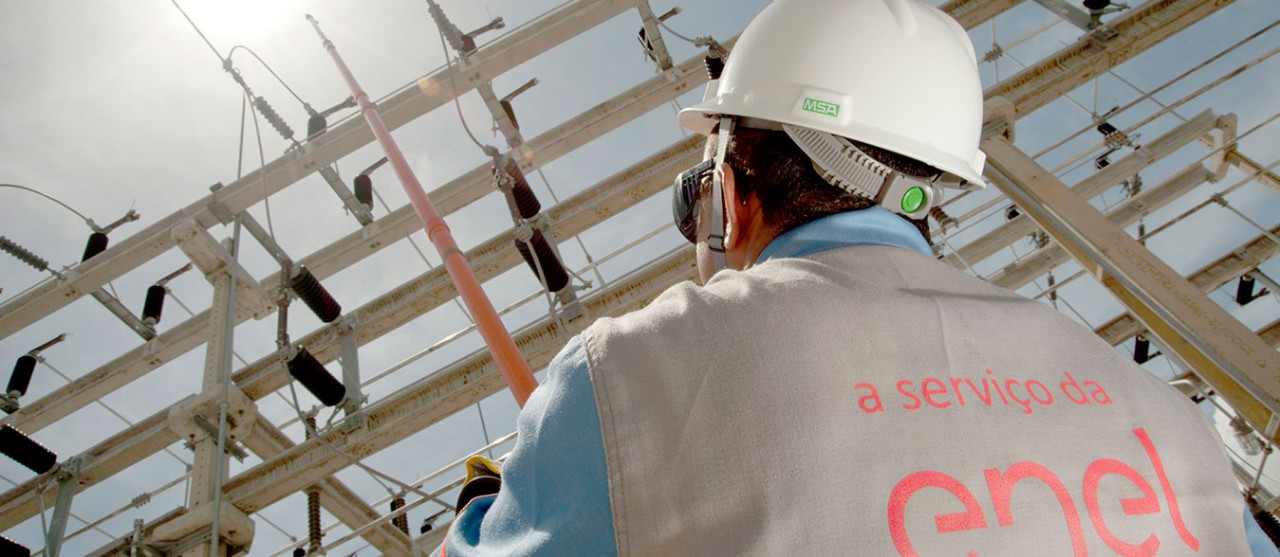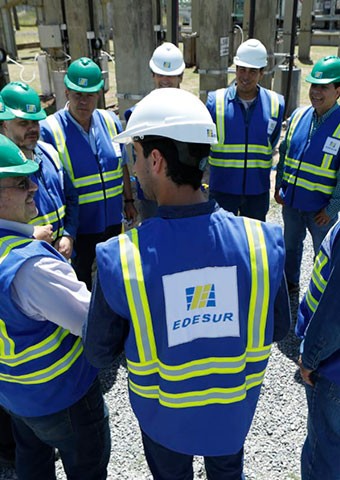“The project features the installation of 3 terminals with 177 quick charging points and an installed capacity of 8 to 10 MW, providing simultaneous power supply for the fleet of 379 units.”
The buses are set to begin functioning in mid-2020, as part of the Bogotá integrated transport system. This initiative positions the city as one the two Latin American cities with the largest numbers of electric buses, together with Santiago, Chile, at the forefront of this aspect of energy transition worldwide.
To date, the electric transport programs implemented by the Enel X business area in the continent have prevented the emission of over 4000 tons of CO2. This vision is aligned with the UN’s Sustainable Development Goals (SDGs), specifically goal 11 (“Sustainable cities and communities”), reducing particulate pollution and improving living conditions in urban areas.
Enel Américas in the region
In 2016, Enel Américas made the decision to trust in a diversified business model. Here sustainability is the fundamental touchstone, in terms of economic, social, and environmental performance, with a long-term outlook, delivering solutions to the major challenges facing the world’s most heavily urbanized region, according to data from the Development Bank of Latin America. From this perspective, the company’s presence is vital in the continent’s mega-cities: Buenos Aires, São Paulo, Rio de Janeiro, Bogotá, and Lima.
This vision has stood the test of time. Since 2016, Enel Américas has only made acquisitions of assets with no direct emissions, like renewable power and electricity distribution. Indeed, 90% of the company’s business activities in Argentina, Brazil, Colombia, and Peru are now concentrated in areas with zero direct emissions. This has brought a positive impact for people, the environment, and shareholders, creating a virtuous circle that will continue to grow.
“Between 2020 and 2022, 92% of the company’s investments - amounting to 5.3 billion dollars - will be used for business activities that are directly aligned with the UN SDGs.”
Smart Cities reach South America
Thirty years ago the area now known as the “Silicon Valley of São Paulo” was just a rural and forgotten area of the city, with limited opportunities for growth. This is the township of Vila Olímpia, know recognized as one of Brazil’s foremost financial centers and the zone selected for developing an innovative electrical network digitalization venture.
In October 2019 the Enel Group revealed its “Urban Futurability” project for São Paulo, with the core objective of installing 5000 sensors throughout Vila Olímpia’s power distribution network to build a three-dimensional digital infrastructure model. The name of this technology is “Network Digital Twin”, and Industry 4.0 quantum leap that integrates network automation, artificial intelligence, the Internet of Things, and 3D models.
Over and above Network Digital Twin, the project is centered on building an open and shared urban ecosystem where data can be gathered, processed, and shared in real time, generating efficiency, savings, and enhanced quality of service.
“'Urban Futurability' is the key to achieving progress in SDG 9 (Industry, innovation and infrastructure) and SDG 7 (Affordable and clean energy), which form the core of the commitments made by Enel Américas and the company’s business strategy, thus aligning with the goals of Climate Action (SDG 13).”
This is the vision that will guide South America towards the energy transition, under the aegis of the region’s largest private electricity company, serving almost 25 million clients in the continent’s principal capital cities.





